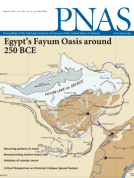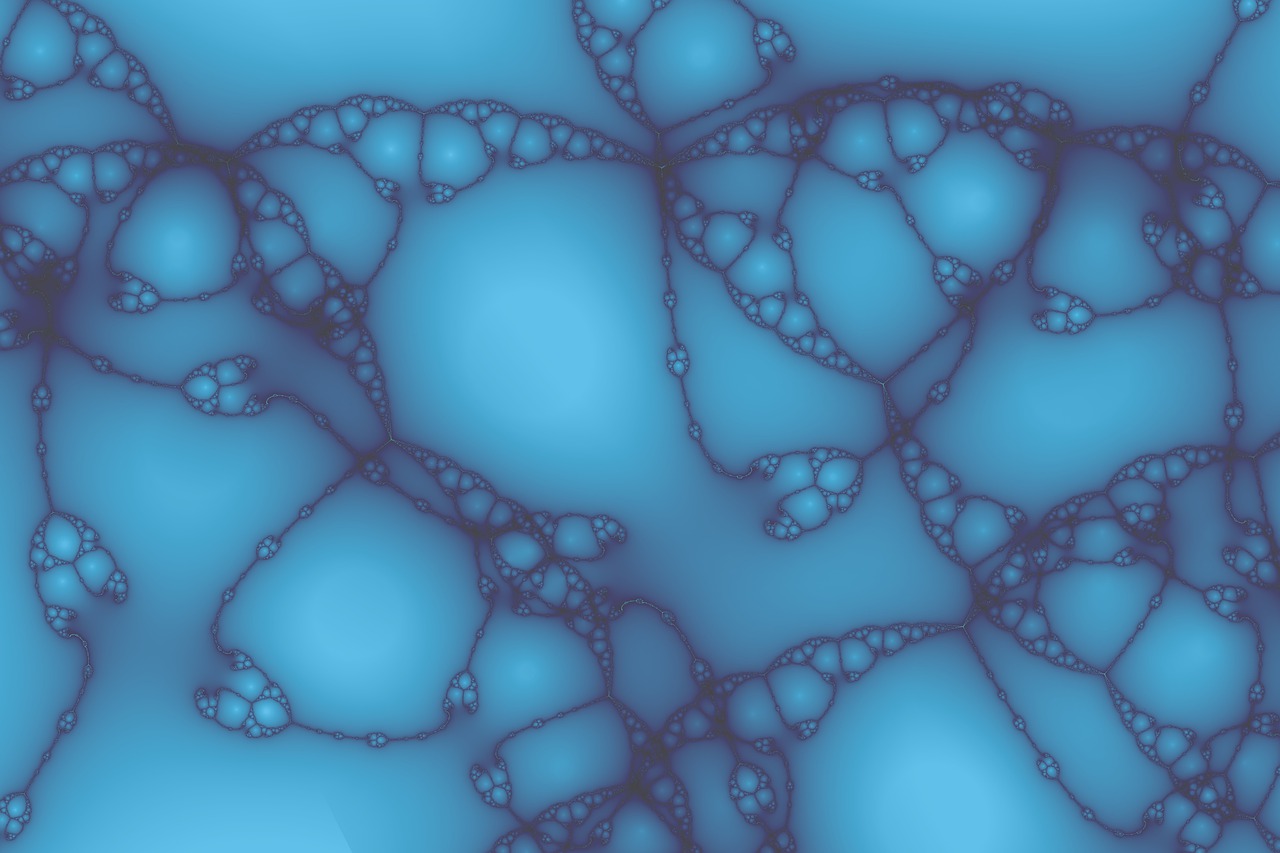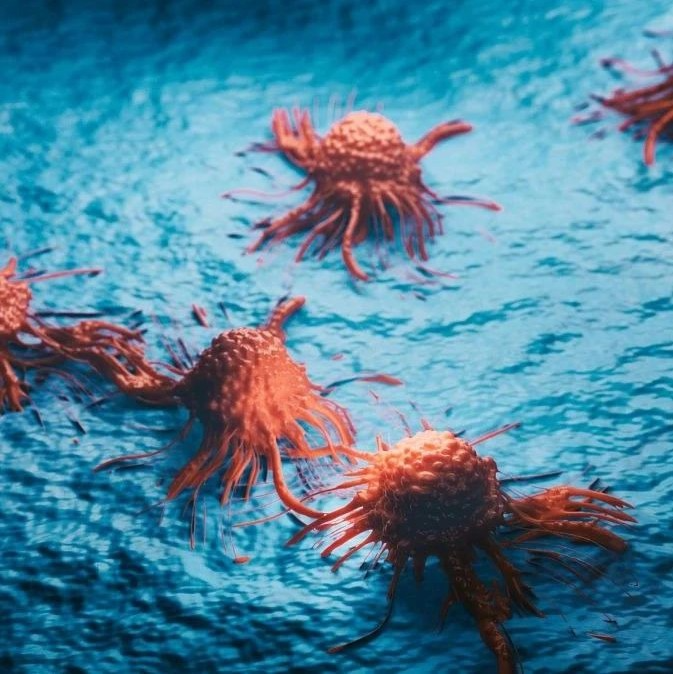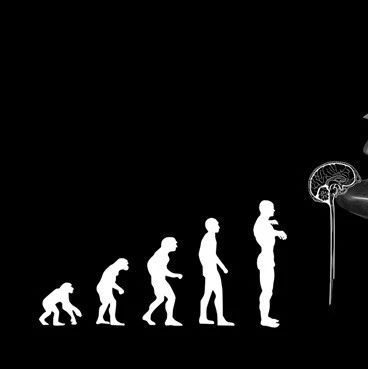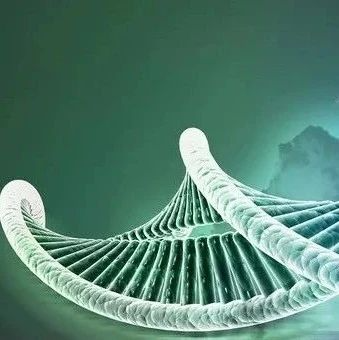导读:近期来自美国国立卫生研究院环境健康研究所(NIH/NIEHS)的研究人员揭示钙离子流动在受精过程中,不仅单单为卵子的钙库提供钙离子来源,而且其在跨入卵子质膜的过程中为卵子的激活提供了必须的信号。这一研究发现为人类辅助生殖提供了重要的理论依据并且对于推动卵子保存具有重要的意义。
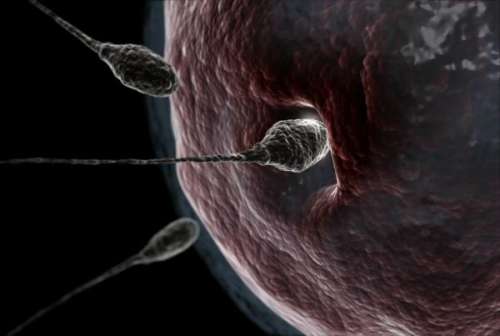
近期来自美国国立卫生研究院环境健康研究所(NIH/NIEHS)的研究人员报道了钙离子流动在卵子受精过程中的最新调控机制。该报道揭示钙离子流动在受精过程中,不仅单单为卵子的钙库提供钙离子来源,而且其在跨入卵子质膜的过程中为卵子的激活提供了必须的信号。这一研究发现为人类辅助生殖提供了重要的理论依据并且对于推动卵子保存具有重要的意义。相关研究论文发表在美国《国家科学院院刊》(PNAS)杂志上。
文章的通讯作者是美国国立卫生研究院环境健康研究所生殖医学组组长Carmen Williams研究员。其长期从事生殖生物学的研究,大量研究成果发表在Science, Developmental Cell, Developmental Biology, Biology of Reproduction等国际学术期刊上,并担任《分子生殖与发育》主编。文章的第一作者是Yi-liang Miao (苗义良) 博士,毕业于中国科学院动物研究所计划生育生殖生物学国家重点实验室。
长期以来,科学家们认为钙离子波动(钙波)是引发卵子激活的首要事件,并且钙波的模式决定了卵子激活的程度,而钙离子流动在受精过程中仅仅为卵子内的钙库提供钙离子来源,并为钙波的形成做准备。Yi-liang Miao博士利用特异的钙离子通道抑制剂钆 (Gd3+) 来处理受精卵,发现当用低浓度的钆处理受精卵时可以阻断钙离子流入,此时外源的钙离子不能流入卵内,不能形成钙波,卵子不能被激活。当用高浓度的钆处理受精卵时不仅可以阻断钙离子流入而且还可以阻断钙离子流出,此时外源的钙离子不能流入卵内,内源的钙离子也不能流出卵外,但却在卵内形成了内源的钙波。该钙波可以诱导卵子恢复细胞周期和形成原核,但是卵子不能正常排放第二极体。
进一步试验表明,当用双-(o-氨基苯氧基)-N,N,N′,N′-四乙酸 (BAPTA)处理卵子后再受精,由于BAPTA可以快速结合钙离子,导致卵子内不能形成钙波。如果将该受精卵置于含钙离子的培养液中,仍会有钙离子流入卵子内,卵子可以被正常激活。但置于无钙的培养液内,没有钙离子流入,卵子不能被激活。因此推断钙离子在跨入卵子质膜的过程中为卵子的激活提供了必须的信号。但是钙离子是由哪些钙离子通道进入卵子内,还需要进一步的研究。

Calcium influx-mediated signaling is required for complete mouse egg activation
Miao, Yi-Liang; Stein, Paula; Jefferson, Wendy N.; Padilla-Banks, Elizabeth; Williams, Carmen J.
Mammalian fertilization is accompanied by oscillations in egg cytoplasmic calcium (Ca2+) concentrations that are critical for completion of egg activation. These oscillations are initiated by Ca2+ release from inositol 1,4,5-trisphosphate (IP3)-sensitive intracellular stores. We tested the hypothesis that Ca2+ influx across the plasma membrane was a requisite component of egg activation signaling, and not simply a Ca2+ source for store repletion. Using intracytoplasmic sperm injection (ICSI) and standard in vitro fertilization (IVF), we found that Ca2+ influx was not required to initiate resumption of meiosis II. However, even if multiple oscillations in intracellular Ca2+ occurred, in the absence of Ca2+ influx, the fertilized eggs failed to emit the second polar body, resulting in formation of three pronuclei. Additional experiments using the Ca2+ chelator, BAPTA/AM, demonstrated that Ca2+ influx is sufficient to support polar body emission and pronucleus formation after only a single sperm-induced Ca2+ transient, whereas BAPTA/AM-treated ICSI or fertilized eggs cultured in Ca2+-free medium remained arrested in metaphase II. Inhibition of store-operated Ca2+ entry had no effect on ICSI-induced egg activation, so Ca2+ influx through alternative channels must participate in egg activation signaling. Ca2+ influx appears to be upstream of CaMKIIγ activity because eggs can be parthenogenetically activated with a constitutively active form of CaMKIIγ in the absence of extracellular Ca2+. These results suggest that Ca2+ influx at fertilization not only maintains Ca2+ oscillations by replenishing Ca2+ stores, but also activates critical signaling pathways upstream of CaMKIIγ that are required for second polar body emission.
文献链接:https://www.pnas.org/content/early/2012/02/21/1112333109.abstract

